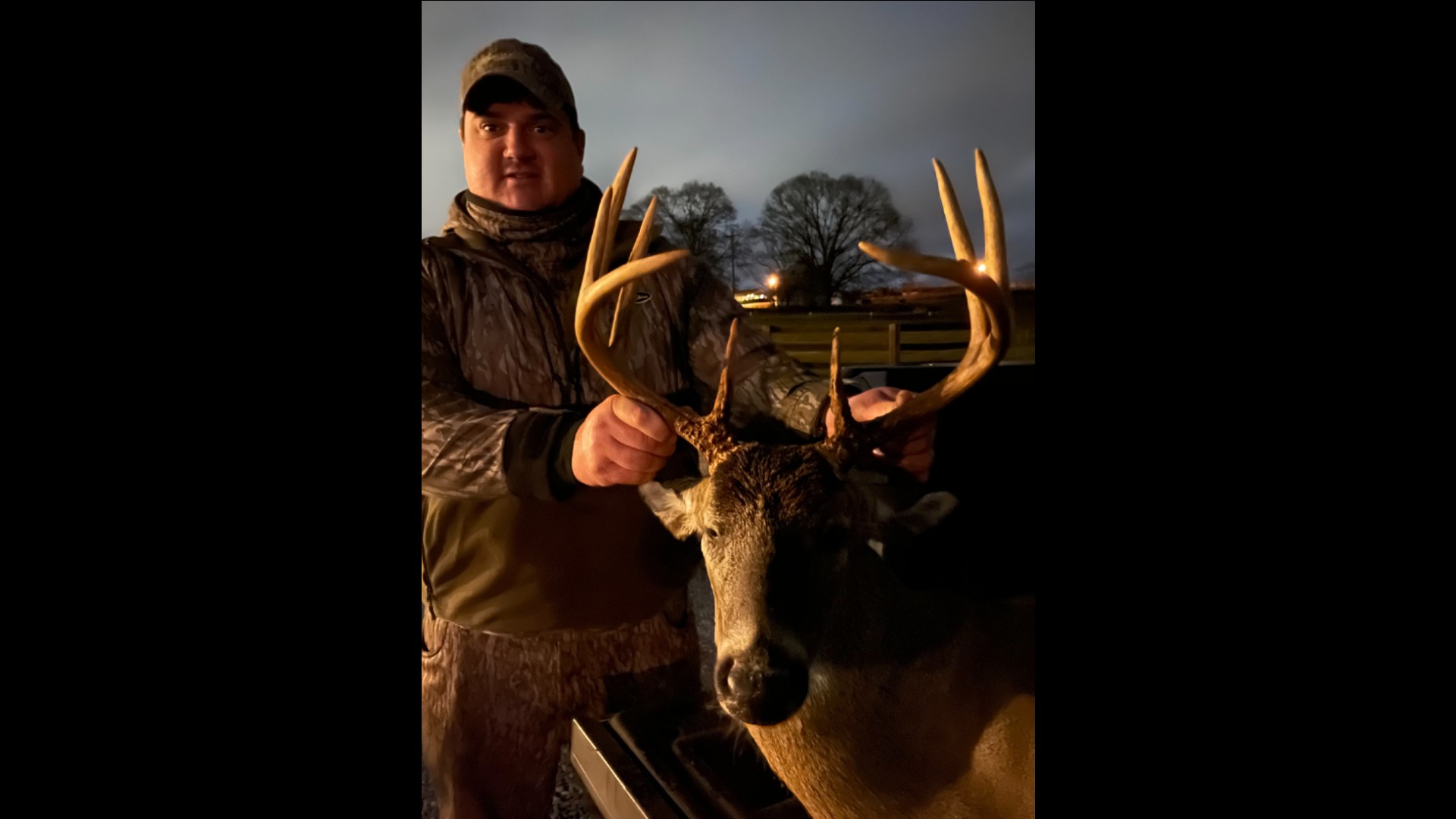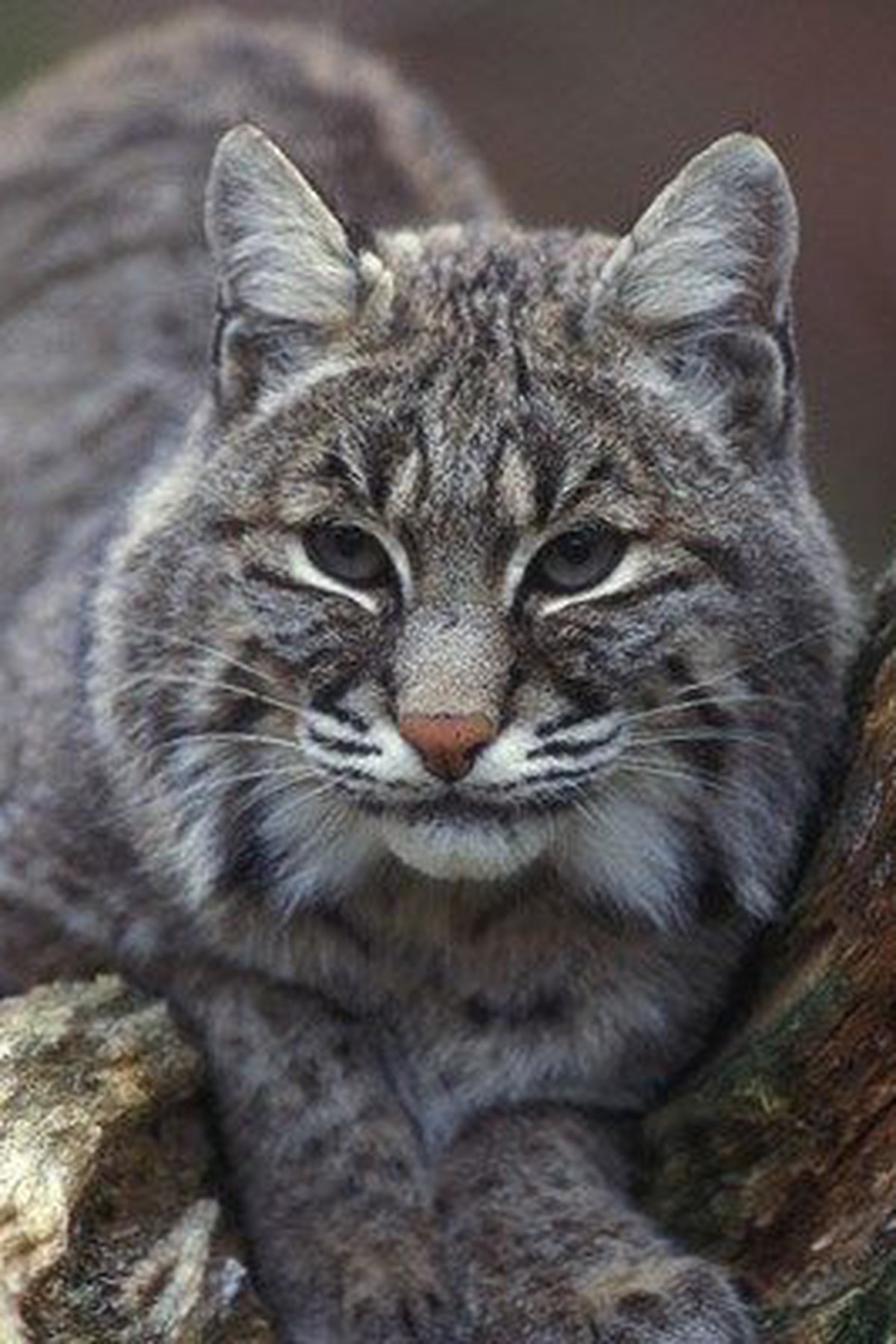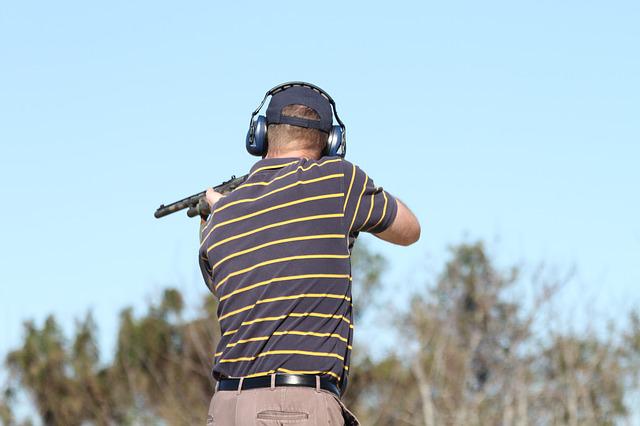
Minnesota officials made some changes to their deer hunting regulations following record deer harvests in certain areas. Two-day special deer hunts will be held in October. This allows hunters to capture two deer without antlers. The hunt will be conducted in high-density locations in the northwest and north metropolitan areas. The special hunt will increase deer kills in the fall and the state officials hope it will reduce the population.
What are the requirements to get a statewide hunting license?
You can get your statewide DNR hunting license by following the state's requirements. Hunters born after December 31, 1987 must take a hunter's education course before they can apply for a license. Hunters must also present their Hunter Education Number to hunt. Nonresident hunting permits cost $17 for adults, and have an effective date of April 30, 2018. Hunters aged 17 or younger can purchase a youth-consolidated hunt/trap permit. These licenses can be used for one year and must be bought before the youth turns 18 years old.

Requirements for deer sampling during dnr hunting
Hunters can contact their local DNR wildlife specialist to request permission to take part in the deer lymph node sample collection. You can also download instructions. After a deer has been harvested, the DNR will obtain a sample of its brain stem and lymph nodes. CWD will be tested on the samples and sent to a laboratory for analysis. Hunting enthusiasts can access the online results once they are available. It takes approximately ten minutes depending on how many hunters participated.
Requirements for obtaining a late southeast dnr hunting license
You must fulfill several requirements in order to be licensed to deer hunt in the Minnesota late-south region. The Minnesota Department of Natural Resources needs to know the social security numbers of each person applying for a hunting license. Each spouse must be 21 years or older and hold a Minnesota driver's licence. The license can only be purchased by the spouses. Each must also have a Minnesota driving license. The price of the license does not include any additional fees that may be charged.
Requirements to party hunt
To take part in a hunt, a hunter must purchase a Minnesota DNR hunting license. Non-residents cannot hunt for game animals except on Minnesota owned land. To do so, they must get a small game licence. "Taking" a animal means to pursue, shoot, or aid another person in taking them. "Possessing” game animals is bringing them into your possession, or having them in your care.

Exemptions
Minnesota Department of Natural Resources (DNR), has come up with various exemptions from certain hunting regulations. Certain animals, such deer, are exempted as well as certain species from the bag limits. These species are classified according to their population, and there may be a seasonal or daily bag limit on each. You should ensure that you are familiar with all restrictions as violations of bag limits can lead to fines or other penalties.
FAQ
Where is hunting the most popular in America?
The Midwest is the best place to hunt, as people live off the land.
Because many Northeastern people were raised hunting, hunting is very popular.
For the big game, hunters travel from all parts of the country to visit these states.
Hunting is not as common in other regions of the country, which makes them less likely to support hunters.
Can I take my dog with?
Most states ban dogs from being hunted alongside humans. Some states allow this practice, however. Check with your state's department of natural resources to find out if this is allowed in your area.
In addition, some hunters do bring their pets along. Some people believe that having their pet with them helps them relax while hunting. Others feel that companionship makes them less likely get lost.
However, it is possible to have problems with bringing your pet. Dogs are known to chase other animals away from their owners. Wild animals might attack the pet.
What information do I need about hunting?
To hunt successfully, it is important to know how the animal moves, how its habits are and how to avoid getting hurt.
It is crucial to understand the hunting laws of your state. Some states allow certain types, while others prohibit hunting completely.
Other factors include the terrain and weather conditions as well.
You should decide if you would like to hunt with friends or alone when you make the decision to pursue this hobby.
Most people who hunt prefer to hunt with someone else. This is because it allows you to concentrate on your goal. If you're not with someone else, you could miss your chance.
Hunting requires a lot planning. You will need to plan so you can find an appropriate place to hunt.
Prepare your weapons as well. Make sure to clean your guns before you leave the house and make sure they work properly.
You should always wear proper clothing when you are hunting. Be prepared for weather changes and terrain.
You should always have enough water and food. In case of an emergency, make sure you have enough food and water.
You shouldn't leave anything behind. It could be lost or damaged.
If you're ready to hunt, it is important that you choose a location with no predators.
You must follow all the regulations set out by government. These regulations are for both humans and wildlife.
What are the benefits of hunting?
Many cultures have long practiced hunting. It was used to obtain food, clothing and shelter. Even though people hunt for sport today, they also do so for food and recreation. The meat of hunted animals is typically eaten within minutes after they are killed, while skin, hair, feathers, bones and antlers can be sold as trophies.
Hunting isn’t just about eating, it’s a way that you can live.
People who hunt have strong family ties and friendships because they spend time together. They share stories and memories at campfires and over meals.
Hunting and nature are a joy for hunters, and this helps them appreciate the rest of our planet.
When they take care of wild animals, they learn respect and responsibility.
Conservation helps hunters be better citizens. They work to protect habitats, species, and the environment. They understand how much land and water we need to survive.
Hunters are part a larger community. Their families depend on them. They help each other. They support local businesses.
Hunters are also able to give back to the community. Many Hunters donate money to support children, seniors, veterans, or other groups.
Hunters have the option to volunteer their time to help others in need. They might volunteer their time with organizations like the Humane Society and the Red Cross.
How many Americans are avid rifle hunters in the US
There are approximately 2 million hunters who hunt deer, elk or moose with their rifles.
These hunters are mostly males, aged between 18-55 years old and live in rural areas.
They hunt in solitude, usually using a crossbow or a bow, and hunt during daylight hours.
Hunters most commonly target whitetail deer (68 percent), followed by mule deer (13 percent) and black bears (10 percent).
While there aren't any national statistics on how many women hunt this sport, evidence indicates that the numbers of female hunters is increasing.
Statistics
- Less than 1% of Hawaii's population has a hunting license. (stacker.com)
- According to the Wildlife Restoration Act, passed in 1937, most of the state conservation efforts are funded through hunting and fishing license sales and firearms sales. (stacker.com)
- In less than 20 years, Rhode Island saw a 40% drop in the number of hunting licenses for residents, according to The Valley Breeze. (stacker.com)
- Thanks to the 1937 Pittman-Robertson Act, an 11% excise tax was placed on the sale of firearms, which were then used for conservation. (stacker.com)
External Links
How To
How to build a Deer Blind
A deer blind is a type of hunting device used to hide from game animals such as deer, elk, etc. It usually consists of an enclosed area made of wood or canvas that is covered with branches, leaves, and sometimes covered with leaves. The hunter hides in the enclosure and waits to see if the animal passes. When hunting at nights, the hunter will often use a deerblind.
Deer blinds come in many shapes and sizes. Some are portable while some are permanent. These structures are usually made of plywood, cardboard, plastic or canvas and metal.
The most commonly used type of deerblinds is the box blind (also called box stand), which consists of a wooden box with roof and walls. Because they are easy-to-assemble and transport, boxes are very popular.
A tree stand is another type of deer blind. Tree stands look natural and are so natural that nobody would be able to tell they exist. Most tree stands are permanently attached with trees.
Ground blinds, similar to tree-stands but built into the ground, are another option. Ground blinds are often camouflaged with grass, dirt, rocks, or sand. Ground blinds can also be called "ground boxes".
There are many ways to hunt deer blinds. The first is to wait for the animal, then sit still. You can also try moving around to scare away the animal. You should be quiet and not move too much if this is the method you choose. This could lead to the animal thinking you're a prey and running away.
If you want to use a deer blind, you'll first need to find a suitable spot. You should pick a place where the wind won't blow your scent toward the animal. Avoid areas where people often hike.
Don't forget to learn how to set up the deer blind. You don't want your animal running away because they see you.